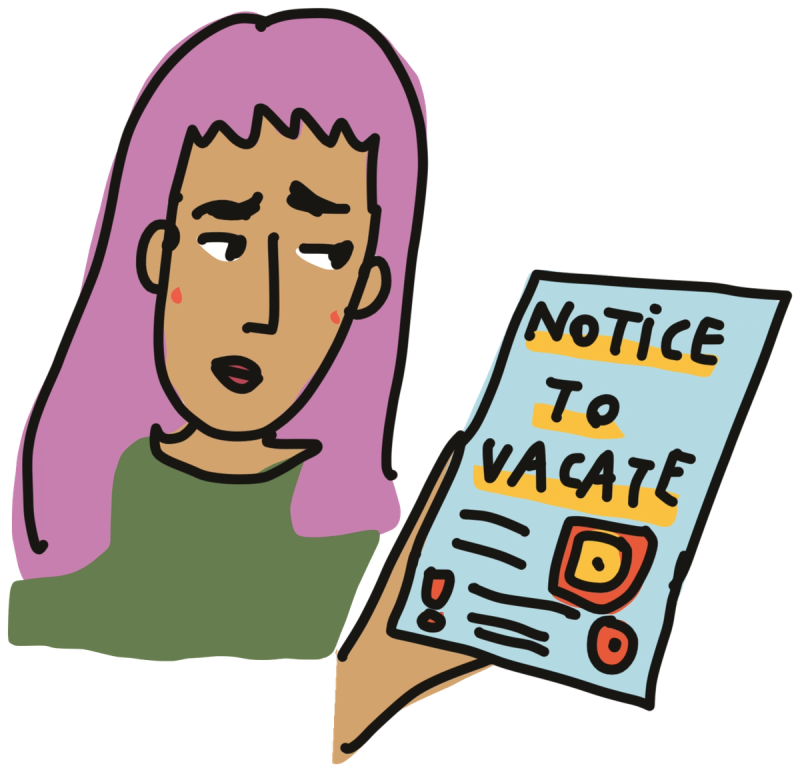Motion to Set Aside Drafter

Helping tenants rapidly and correctly draft a Motion to Set Aside after an eviction judgment—to re-open their case before they are forcibly set out from their home.
Project Description
In high-stakes eviction cases, many tenants do not realize they have lost their case (or even that they have been in an eviction case) until the sheriff posts a notice to vacate.
By then, they often have only a few business days to file a Motion to Set Aside (MTSA) before being locked out. Legal aid clinics can help—but the process is too slow, too resource-intensive, and often inaccessible for the people who need it most.
This project proposes an AI-powered tool that guides a California tenant through the entire MTSA process. It interviews the tenant to gather critical facts, drafts a clear, complete declaration, fills out the right court forms (including Ex Parte notices), and helps them understand what each part of the document means. The tool would explain how each term affects their case and next steps—providing trauma-informed support in plain language and multiple languages. It can even generate a draft packet for e-filing and notify the landlord of the hearing date.
This proposal is specifically for California landlord-tenant conflicts, but it might be scaled beyond the state if there are similar legal processes and document workflows in other jurisdictions.
The system draws from a proven, high-quality manual process, such as that used by legal aid groups' housing hotline and clinic. Our goal is to automate the most burdensome steps—saving legal aid staff hours per case—while preserving attorney review and legal judgment where needed.
Why Now:
- Time-sensitive and urgent need: Tenants often have only hours to respond to a default judgment.
- Clinic bottlenecks: The human-led MTSA drafting process requires 6+ hours per case and is difficult to scale.
- High value of correct filings: A successful MTSA can pause a lockout, reopen a case, or negotiate more favorable terms.
- Documentation exists: Clear, structured guides exist from legal aid groups that have laid out the process and document templates, making it primed for automation.
This project builds on legal aid workflows, California procedural rules (e.g. CCP § 473 and § 1161), and client communication best practices. It is also informed by human-centered design and accessibility principles to ensure the tool supports people in panic, non-native English speakers, and clients with limited tech fluency.
Who This Would Help
- Tenants who need fast, accessible help tailored to their language, tech ability, and urgency.
- Legal aid staff—Intake workers, paralegals, hotline attorneys, and clinic lawyers—who need accurate summaries, AI-drafted declarations, and fillable forms to streamline service delivery.
- Supervisors and technologists—who want integration with LegalServer, strong governance, and trauma-informed design.
Evaluation Possibilities
- Time saved per MTSA filing for staff and clients
- Accuracy and completeness of declarations
- Client comprehension and confidence in the filing
- Rate of successful case reopenings
- Reduction in lockouts prevented